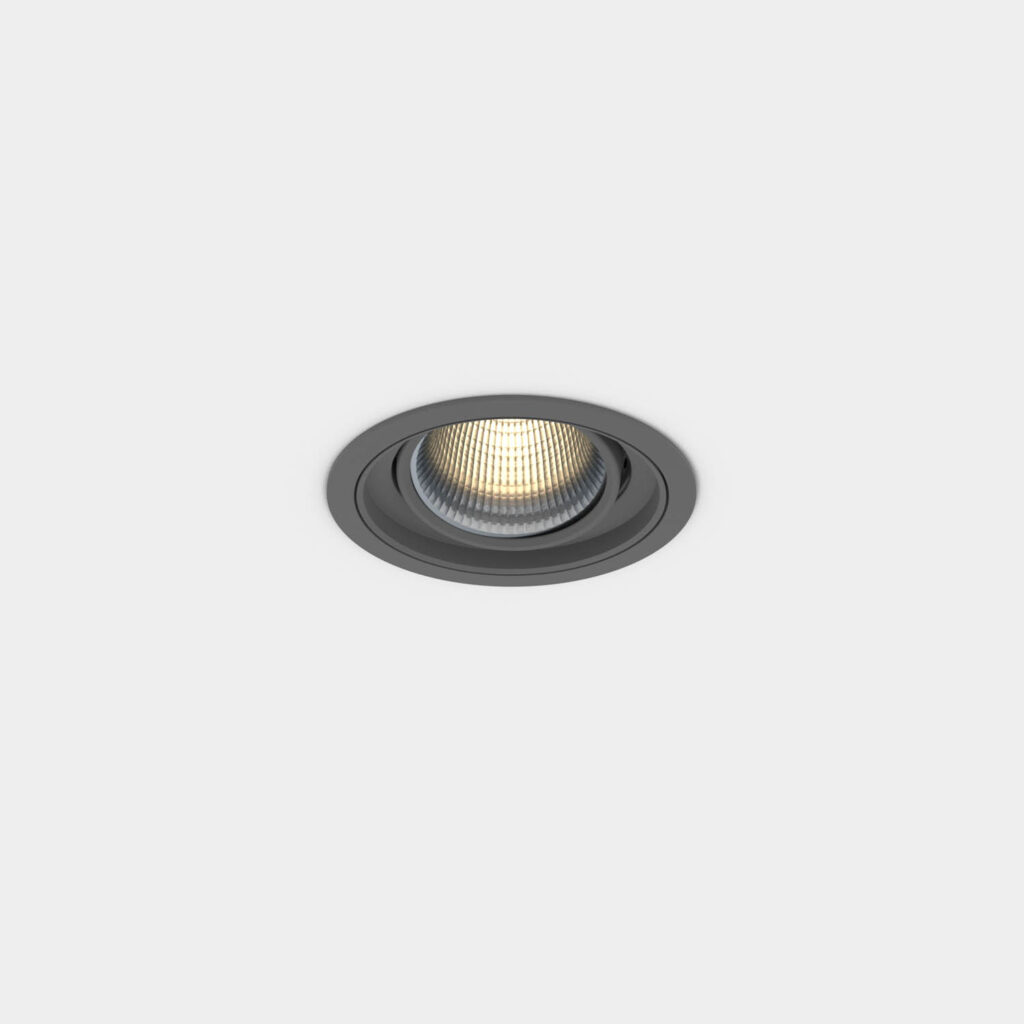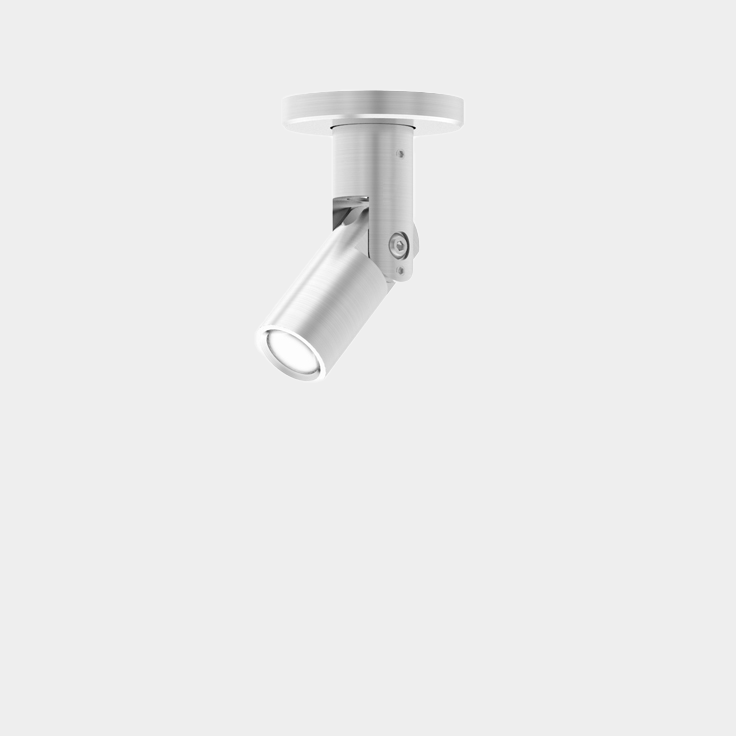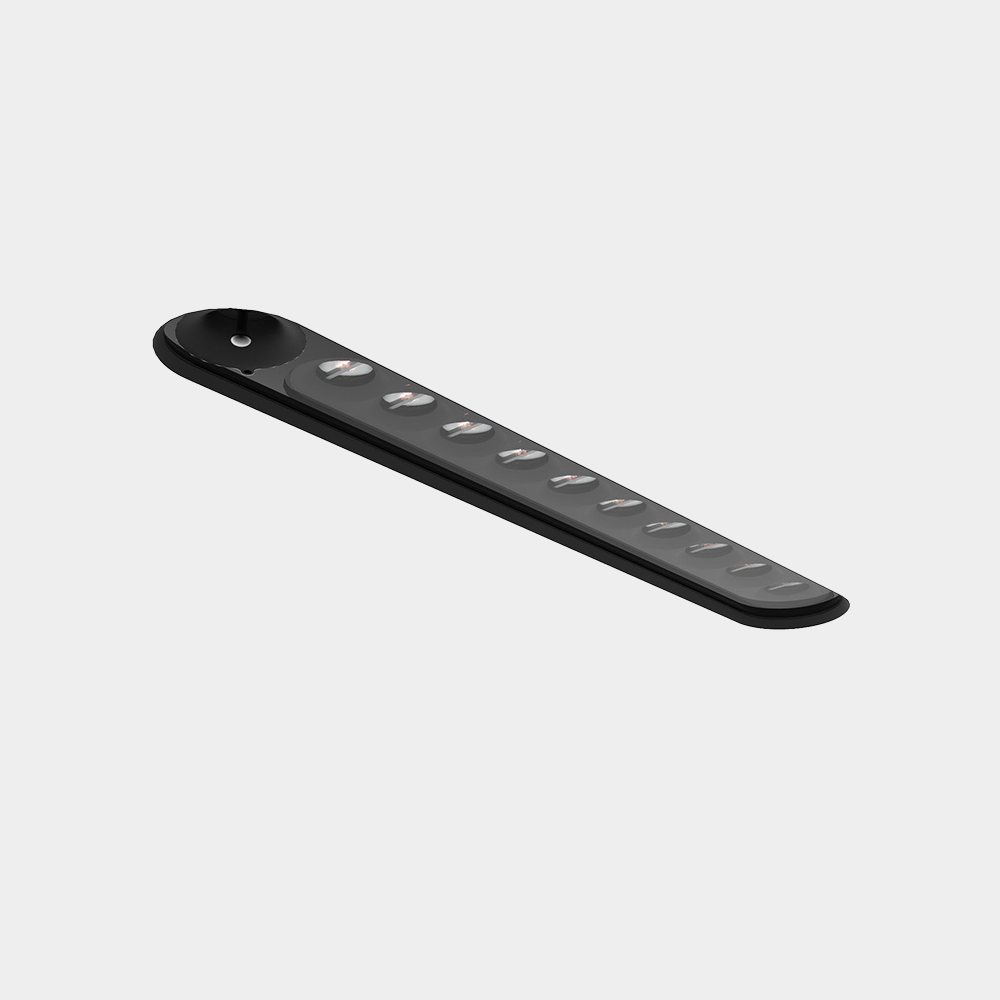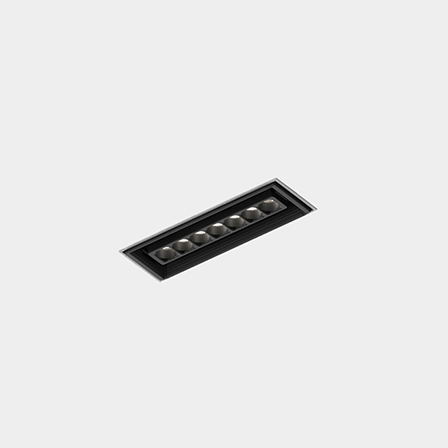Color Temperature and Warm Dim Trends—Lighting by Luminii
Color Temperature, Health, and Happiness
Warm Up to Wellbeing
Residential spaces require precise lighting to accentuate key details of the natural and built environment, upgrading the ambiance of any space. Warm dim lighting ensures complete control over a spec, and it creates inviting atmospheres with comfortable color temperatures, especially in the evening when the sun’s light leaves. Evidence suggests that precise color temperatures offer strong health benefits in addition to brightening one’s day.
Explore specification-grade warm dim products like Luminii’s Kurba and LL LineLED strip light series which deliver industry-best color consistency across a dimming range of 1800K to 3000K. All Luminii warm dim products closely mimic incandescent dimming, adding a comforting, ambient glow to both interior and exterior living spaces. Bring warmth to residential architecture with warm dim lighting from Luminii. Luminii’s Exterior Residential One-Sheet includes top products and new premium finishes perfectly suited to your next project. Additionally, see our design guide for the latest ideas from industry-leading designers, and view the full collection of residential products.
Editor’s note: The excerpts below originally appeared on architectmagazine.com. You can read the full piece here.
The Color White
In the last 20 years, there has been a new wave of research in vision, photobiology, and human factors. The results clearly indicate that human health, visual preference, visual acuity, and visual task performance can be affected by certain qualities of light. Combined with the latest lamp technology, some of these findings might affect designers’ choice of white in a major way.
Color Temperature and Circadian Rhythms
The human’s daily cycle of waking and sleeping, called the circadian rhythm, is triggered by blue light. At the start of each day, exposure to daylight resets the body clock and causes the levels of melatonin in the bloodstream to fall. About 12 hours later, as night descends, the melatonin levels will naturally begin to rise, and the human will become sleepy. For most people, awakening in the morning and exposure to natural light is all that is needed to maintain a healthy cycle.
An equally important aspect of circadian rhythm is dark nights. When exposed to light containing blue, even through a closed eyelid, the human’s melatonin level drops, and sleep is affected. In other words, blue-poor low CCT lamps at night may be just as important in maintaining a healthy human cycle. Dimmed incandescent and candlelight are just about perfect for this desired effect. For night lights, consider red or amber LEDs, as they won’t cause you to wake up.
Knowing this information, a designer might be tempted to design specifically to address circadian rhythms to the point of promising better health. As a general rule, there is no scientific evidence to support the use of high CCT lamps in normal applications, as indoor light levels are too low and occur too late in the waking cycle. Moreover, circadian phase shifting and the treatment of sleep disorders require light level treatment that generally can not be provided by building lighting systems, and if undertaken, should be overseen by a physician.
Color Temperature And Daylighting
For all practical purposes, daylight is a high CCT, high CRI light source. Those who think daylight is 100 CRI are mistaken; when filtered by almost any window glass, the color quality of the light is altered and CRI can vary considerably. But overall, the CCT remains high.
One principal daylighting scheme involves dimming electric lights in response to daylight. Making the electric light color match daylight more closely is a design concept worth considering. Even if the maximum color temperature of the lamp is only 5000K, the similarity will be appealing.
Two technological advances may provide interesting dimensions. Rather than be stuck with the inherent color qualities of the light source, what if its color temperature could be varied? This exciting concept, once only a dream to lighting designers, is becoming a reality. The obvious candidate to create this effect is LED lighting, but being a bit more practical, it can also be accomplished using fluorescent lamps, or perhaps a hybrid of the two.
Those following LED developments will note that there are two possible ways of providing color temperature variation:
RGB mixing, in which at least three prime colors of light are blended to produce a visible “white” light. Using slightly different amounts of R, B, and G, different color temperatures are produced. Recently, some 7-color systems have been designed to provide better color saturation and white quality.
Mixing high and low CCT white LEDs in the same system, or a unique combination of white LEDs and specific color LEDs to warm or cool the light.
Footer Copy: To utilize precise color temperature and top-notch warm dim options in your next project, talk to your Luminii sales representative.









































































